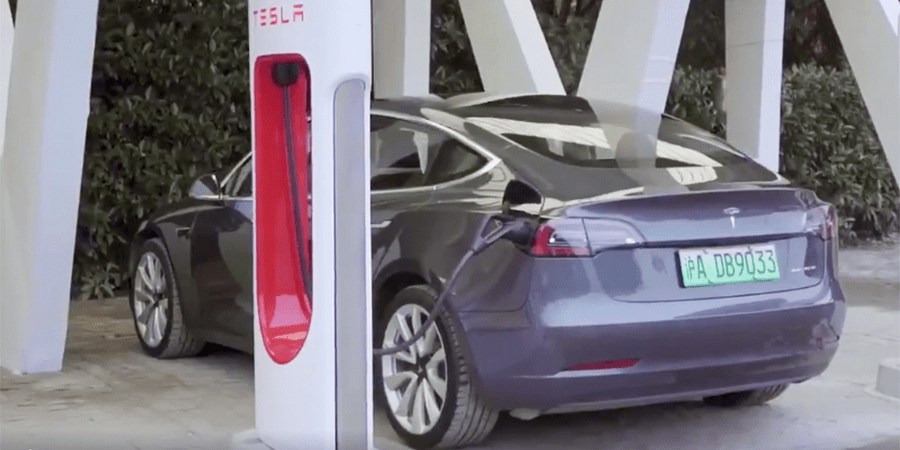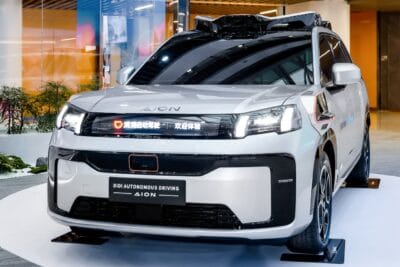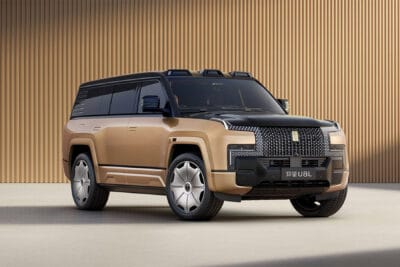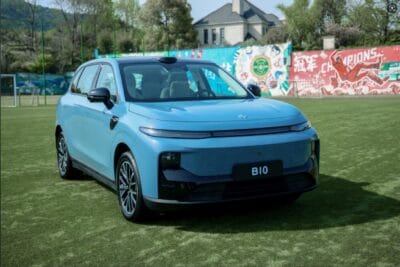CATL to kick-off LFP cell supply for Tesla China Model 3
Reports from China claim, CATL will start supplying Tesla with LFP cells already this July. At present, the largest number of cells for the Tesla China Model 3 come from LG Chem’s Chinese production.
44,798 Model 3 cells were supplied by the South Korean supplier in the first half of the year, while Tesla’s oldest supplier, Panasonic only equipped 4,988 Model 3 with cells. The data relies on information from Green Globe International Inc. (GGII) that watches stock around the world.
The news broke on Twitter first with another account quoting Chinese media saying that CATL confirmed it would start shipping LFP cells later this month directly to Giga Shanghai, for Tesla to use in its China-only Model 3.
According to Chinese media, CATL confirms that it will start to ship LFP battery cells to GF3 sometime this month. The original shipment time is August. All MIC SP M3s will be made with LFP battery packs. pic.twitter.com/cTSPh1A35u
— Ray (@ray4tesla) July 17, 2020
The supply agreement as such is no news. Already in June, the Californian company received approval from the Chinese government to build the Model 3 with LFP batteries from CATL. LFP stands for lithium iron phosphate cells, a technology that works without using cobalt. Rumours that Tesla could obtain such battery cells from CATL have been circulating since February as reported.
While we have yet to get technical data, Tesla will have several benefits from using CATL LFP cells in China power packs, the biggest being lower cost. Sources claimed there could be cost-saving in the “double-digit percentage” or around 25%. Tesla and CATL have yet to confirm, but new reports claim CATL’s LFP batteries cost about $80/kW at the cell level, and $100/kW at the pack level. This could result in an internal savings of $3,000-$4,000 per car for Tesla.
It is the first time that Tesla relies on LFP cells. However, there are no plans to stop using the current NCA cells. Tesla will only use these cells in the standard range version of Model 3 in China, while the long-range version will use NCM-811 cells from LG Chem.
As a rule, electric cars manufacturers rely on NCA or NMC cell chemistries, as these have so far been able to demonstrate a higher energy density. The exception is BYD that primarily uses lithium iron phosphate cells in their vehicles. CATL is now said to have achieved a higher energy density through the cell-to-pack technology (CTP) developed in-house.
Tesla also continues the cooperation with Panasonic at the GF1 in Nevada. The Gigafactory supplies cells to the electric cars in America and export markets. Tesla is also looking to install facilities to make cells, again most likely with CATL. The company will probably say more at the Tesla Battery Day on 22 September in Fremont.
torquenews.com, twitter.com (GGII data)





0 Comments